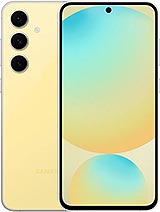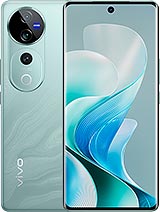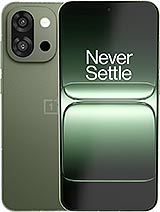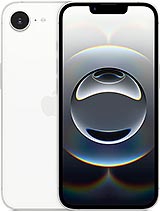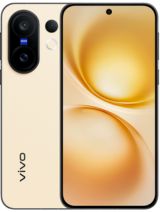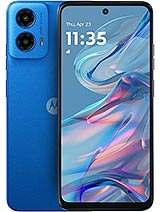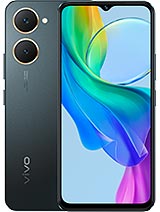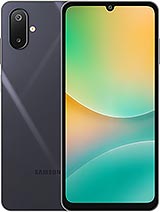Google Pixel 9a alternatives
Tap above to see alternatives.
Lava Yuva Star 4G alternatives
Tap above to see alternatives.
Google Pixel 9a

Google Pixel 9a
-
Tensor G4
4 nm
-
5100 mAh
23W
-
6.3"
1080 x 2424 pixels
-
48 MP
4K@30/60fps
- Specs
Lava Yuva Star 4G

Lava Yuva Star 4G
-
Unisoc SC9863A
28 nm
-
5000 mAh
10W
-
6.75"
720 x 1600 pixels
-
13 MP
1080p@30fps
- Specs
1x3.1 GHz Cortex-X4
3x2.6 GHz Cortex-A720
4x1.9 GHz Cortex-A520
4x1.6 GHz Cortex-A55
4x1.2 GHz Cortex-A55
8GB 256GB (UFS 3.1)
f/1.7, 25mm (wide), 1/2.0", 0.8µm, dual pixel PDAF, OIS
13 MP
f/2.2, 120˚ (ultrawide), 1/3.1", 1.12µm
(wide), AF
1080p@30/60/120/240fps
f/2.2, 20mm (ultrawide), 1/3.1", 1.12µm
1080p@30fps
SIM1: Nano, SIM2: eSIM
SIM1: Nano, SIM2: Nano
FDD: N1, N2, N3, N5, N7, N8, N12, N20, N26, N28
TDD: N38, N40, N41, N66, N75, N77, N78, N79
FDD: N1, N2, N3, N5, N7, N8, N12, N20, N26, N28
TDD: N38, N40, N41, N66, N75, N77, N78, N79
In this performance comparison, the Google Pixel 9a with its Google Tensor G4 (4nm) performs better than the Lava Yuva Star 4G with the Unisoc Unisoc SC9863A (28nm), thanks to superior chipset efficiency.
Google Pixel 9a offers 7 years of OS updates, whereas Lava Yuva Star 4G provides 1 years. For security updates, Google Pixel 9a offers 7 years of support compared to Lava Yuva Star 4G's 2 years.
Google Pixel 9a features a superior AMOLED display, while Lava Yuva Star 4G comes with an LCD panel. In terms of smoothness, Google Pixel 9a offers a higher 120 Hz refresh rate, ensuring fluid scrolling and animations. Both devices deliver the same brightness level at nits. Notably, Google Pixel 9a offers a higher screen resolution, resulting in sharper visuals and more detailed content.
Google Pixel 9a comes with a larger 5100 mAh battery, which may offer longer usage on a single charge. Google Pixel 9a also supports faster wired charging at 23W, compared to 10W on Lava Yuva Star 4G. Google Pixel 9a supports wireless charging at 5W, while Lava Yuva Star 4G does not support wireless charging.
Google Pixel 9a includes an IP68 rating, while Lava Yuva Star 4G lacks an official IP rating.
¹ Scores can vary even with the same chipset due to RAM, thermals, and software optimization.

